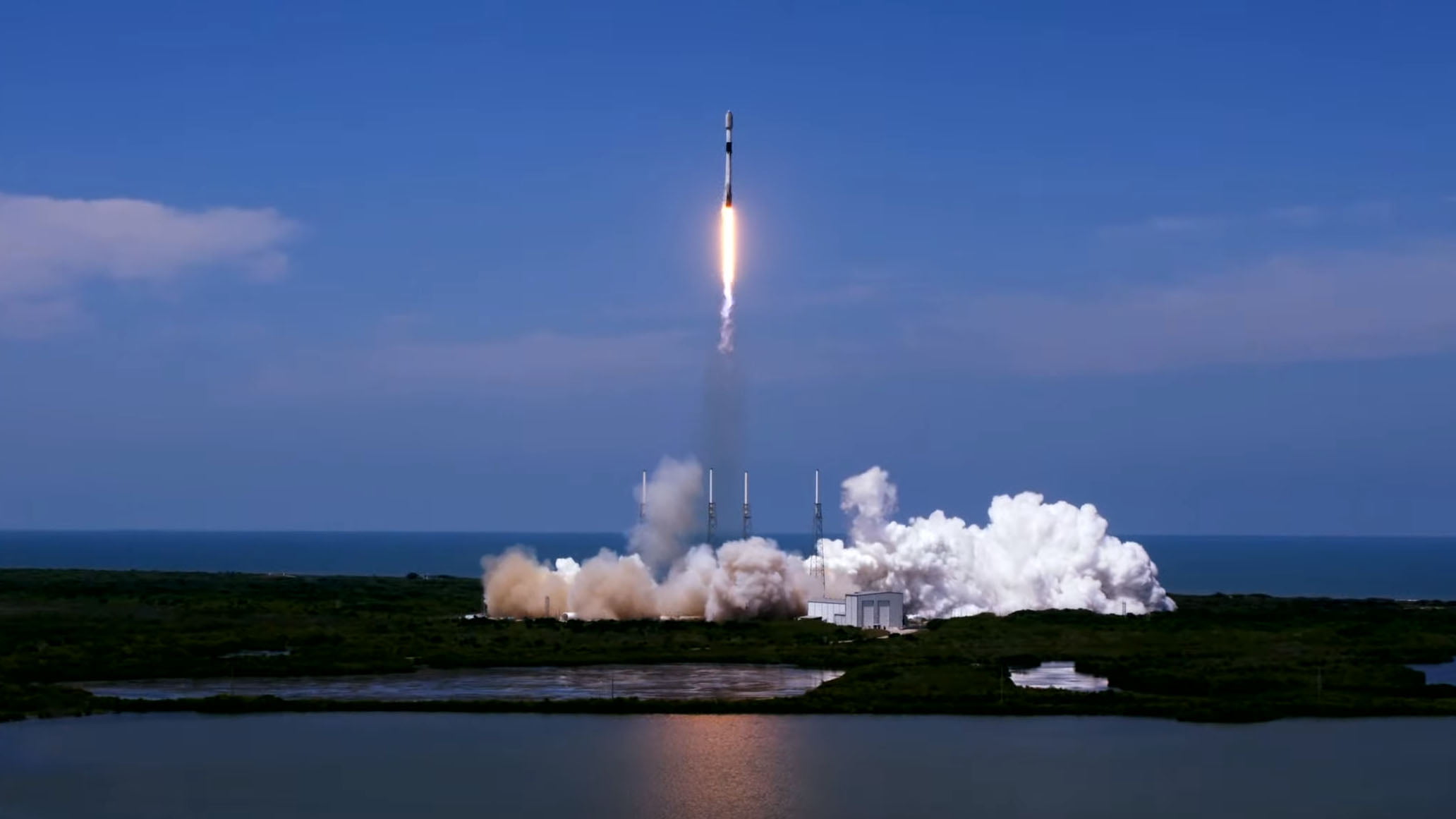
On a seemingly routine Starlink mission, a SpaceX Falcon 9 booster experienced an unexpected mishap upon its return to the drone ship “Just Read the Instructions.” Instead of a graceful landing, the booster tipped over, creating a dramatic scene amidst the vast ocean. This incident has raised questions about the challenges of reusable rocket technology and the inherent risks involved in spaceflight.
The Mission and the Mishap
The Falcon 9 rocket successfully launched a batch of Starlink satellites into orbit, marking another step in SpaceX’s ambitious plan to provide global broadband internet coverage. However, the booster’s landing attempt did not go as planned. Upon touchdown, the booster lost its balance and toppled over onto the drone ship’s deck. Fortunately, there were no reported injuries or significant damage to the drone ship.
Why Did It Happen?
The exact cause of the tipping incident is still under investigation. However, preliminary analysis suggests a potential issue with one of the booster’s landing legs. SpaceX has a remarkable track record of successful booster landings, but this incident serves as a reminder that spaceflight is a complex and challenging endeavor. Even with the most advanced technology, there’s always a margin for error.
The Implications
While the loss of a booster is a setback for SpaceX, it’s important to remember that the primary mission of deploying the Starlink satellites was successful. This incident highlights the importance of continuous improvement and learning from every launch, whether it’s a success or a failure. SpaceX has a culture of innovation and resilience, and they will undoubtedly use this experience to further refine their technology and procedures.
The Future of Reusable Rockets
Reusable rockets are a key component of SpaceX’s vision to make spaceflight more accessible and affordable. The ability to recover and reuse boosters significantly reduces the cost of launching payloads into orbit. While incidents like this may raise concerns about the reliability of reusable rockets, it’s important to remember that SpaceX has a proven track record of success. They have demonstrated time and again that reusable rockets are a viable and sustainable technology.
The Broader Context
This incident also underscores the inherent risks involved in space exploration. Despite the advancements in technology and safety protocols, there’s always a possibility of unexpected events. SpaceX’s willingness to push the boundaries of what’s possible in spaceflight inevitably comes with challenges and setbacks. However, their relentless pursuit of innovation and their commitment to learning from every experience will continue to drive progress in the space industry.
Going Deeper: Understanding the Technicalities
- The Falcon 9 booster is equipped with four landing legs that deploy just before touchdown. These legs are designed to absorb the impact of landing and stabilize the booster on the drone ship.
- The drone ship, “Just Read the Instructions,” is a specially designed platform that serves as a landing pad for Falcon 9 boosters. It’s equipped with a system of thrusters that allow it to maintain its position in the ocean even in rough seas.
- The landing process is a complex sequence of events that involves precise control of the booster’s engines and landing legs. Even a slight deviation from the planned trajectory can lead to an unsuccessful landing.
The Human Element
Behind the scenes of every SpaceX mission, there’s a team of dedicated engineers, technicians, and scientists working tirelessly to ensure success. Their passion and expertise are what make these ambitious missions possible. Incidents like this are undoubtedly a disappointment for the team, but they also serve as a source of motivation to continue pushing the boundaries of what’s achievable in spaceflight.
The Public’s Fascination
SpaceX missions have captured the public’s imagination like never before. The company’s live streams of launches and landings have attracted millions of viewers around the world. This incident, while unfortunate, has only served to increase the public’s interest in SpaceX and its endeavors. People are eager to see how the company will respond to this setback and what innovations they will bring to the table in the future.
SpaceX has a long and ambitious roadmap ahead. They are working on developing the Starship, a fully reusable spacecraft that they hope will one day carry humans to Mars. They are also expanding their Starlink constellation to provide internet coverage to even the most remote corners of the globe. While challenges and setbacks are inevitable, SpaceX’s unwavering commitment to their vision will continue to inspire and amaze the world.